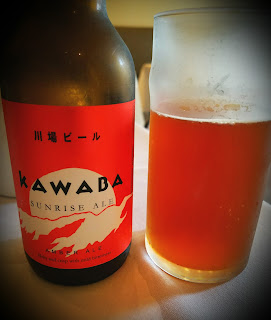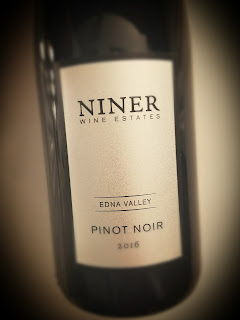Hall Ranch, home of Robert Hall Winery, sports five sustainably farmed estate vineyards - 300 acres in all. They grow 21 different grape varietals there in the neighborhood of the Estrella River. Head winemaker Don Brady was Texas-trained, back before Texas had a wine industry of which to speak. He's been with Hall for nearly two decades.
The winery likes to brag that they're all about knocking down barriers and exploring new frontiers, and I suppose the following wine fits right in to that mindset.
It's not that Vermentino is such a rare beast, but that variety isn't exactly everywhere you turn in California. If you're new to the grape, see bottlings from Sicily or Sardegna to find out what all the fuss is about.
Robert Hall's 2017 Cavern Select Vermentino is only available to club members and tasting room guests. It boasts Paso Robles grapes, from the El Pomar appellation of the broader region. It's on Paso's east side, between highways 41 and 46. The vineyard is behind the winery, in the hills. Alcohol is reasonable at 13.5% abv and it retails for $28.
The 2017 vintage was difficult, with too much rain, too much wind, a blazing hot September and a frost in October. The Hall folks like what they got for their trouble, though, as they say the wine shows "excellent maturity and depth of flavor."
This Paso Vermentino sits green gold in the glass and offers up more oceanesque salinity on the nose than I'm used to finding in a California version of this Italian grape. There's a slant of citrus running through, but it's salty and slightly briny. I love that. The sip shows off the bracing acidity as well as a mineral-laden, lemon-lime flavor profile. The savory angle plays right through with the zest of lime and tangerine on the finish. It's time for oysters here.

















